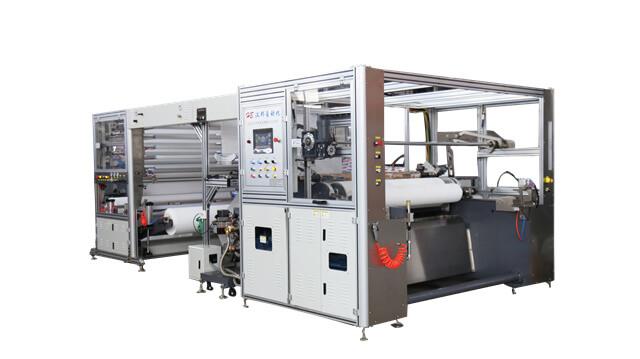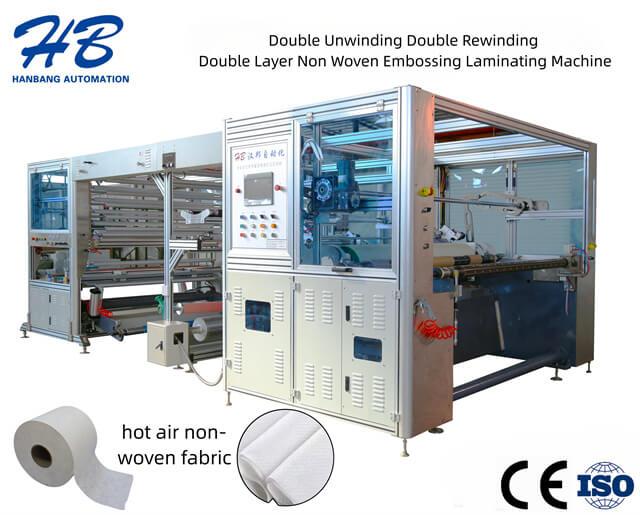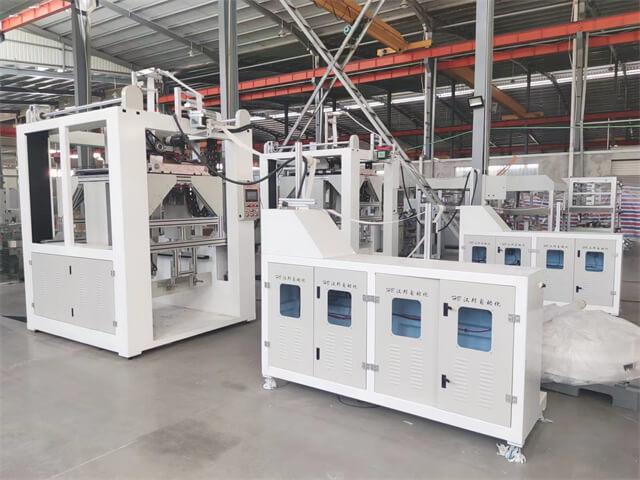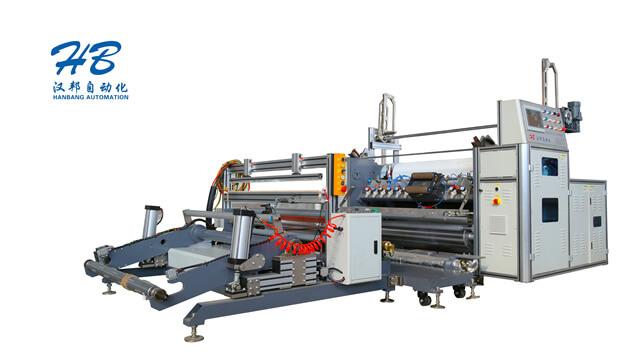Author:HB Nonwoven MachineryFROM:Compressed Towel Machine Manufacturer TIME:2023-12-04
Market Analysis of Non Woven Fabric Cutting Machine
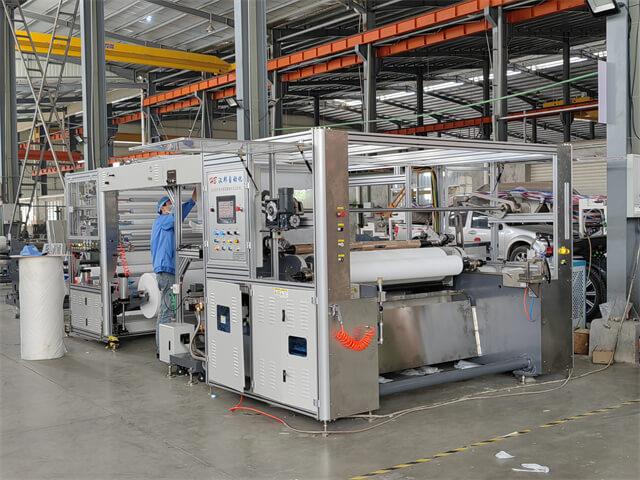
The non woven fabric industry plays a crucial role in the production of various essential products, such as diapers, sanitary napkins, and medical supplies. The efficiency and precision of fabric cutting are critical to ensuring the quality and performance of these products. This article aims to provide a comprehensive analysis of the market for non woven fabric cutting machines, exploring the current trends, challenges, and opportunities in the industry.
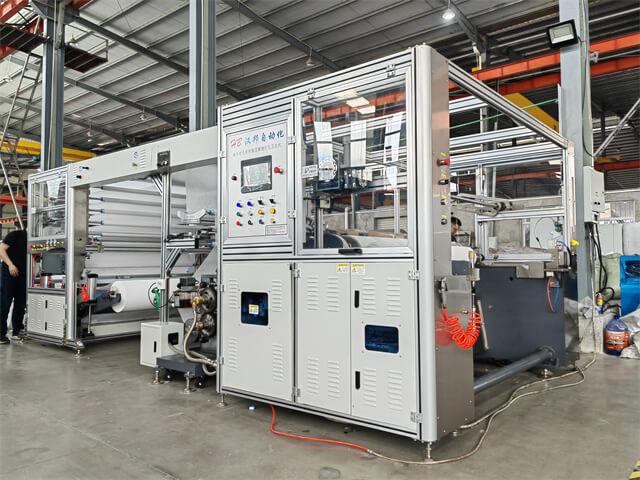
With the increasing awareness of personal hygiene and healthcare, the demand for hygiene products like diapers and sanitary napkins is on the rise. This surge in demand necessitates advanced cutting technologies to ensure precise and efficient manufacturing processes.
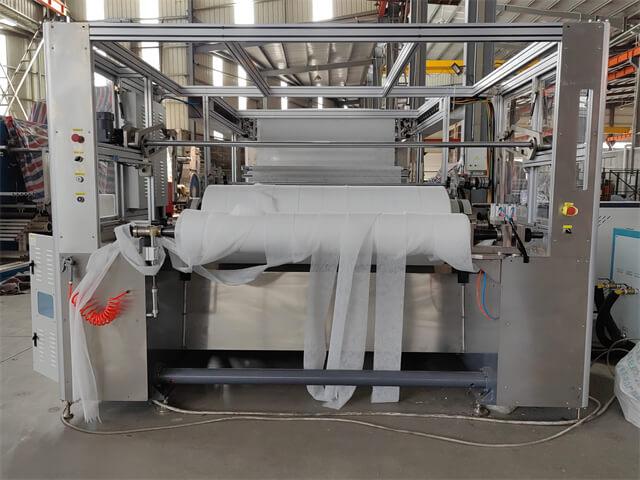
Technological advancements in non woven fabric cutting machines have significantly improved their efficiency and accuracy. These machines now utilize advanced techniques such as ultrasonic cutting, laser cutting, and rotary die cutting, enabling manufacturers to achieve higher productivity with minimal waste.
The adoption of non woven fabric cutting machines helps manufacturers reduce costs and enhance overall efficiency. These machines allow for faster production speeds, reduced labor requirements, and precise cutting that minimizes material waste. This increased efficiency ultimately leads to higher profitability for manufacturers.
As the global concern for environmental sustainability grows, the non woven fabric industry is actively seeking eco-friendly solutions. Non woven fabric cutting machines can contribute to sustainable practices by minimizing material waste and optimizing resource utilization. This focus on sustainability aligns with consumer demands for environmentally conscious products.
Despite the advantages offered by non woven fabric cutting machines, there are challenges that industry players must overcome. The initial investment cost of these machines can be significant, posing a barrier to entry for small and medium-sized manufacturers. Additionally, the need for regular maintenance and the requirement for skilled operators can add to the overall operational costs.
The non woven fabric cutting machine market presents several emerging opportunities. The increasing demand for customized and specialized products creates a niche market for tailored cutting solutions. Additionally, the integration of automation and robotics technologies into cutting machines can further enhance productivity and reduce labor costs.
The market for non woven fabric cutting machines varies across different regions. Developing countries in Asia, such as China and India, have witnessed robust growth in the non woven fabric industry due to their large population and rising disposable income. On the other hand, developed regions like North America and Europe focus on technological advancements to improve cutting precision and efficiency.
The market for non woven fabric cutting machines is expected to witness steady growth in the coming years. The increasing demand for hygiene products, technological advancements, cost reduction, and sustainability concerns are driving the adoption of these machines. Industry players need to address the key challenges and capitalize on emerging opportunities to stay competitive in this evolving market.
In summary, the non woven fabric cutting machine market is experiencing significant growth due to the rising demand for hygiene products, advancements in cutting technologies, cost reduction benefits, and sustainability concerns. While challenges such as initial investment costs and skilled labor requirements exist, opportunities like customization and automation are emerging. Understanding the regional market trends is crucial for companies looking to succeed in this evolving industry.
